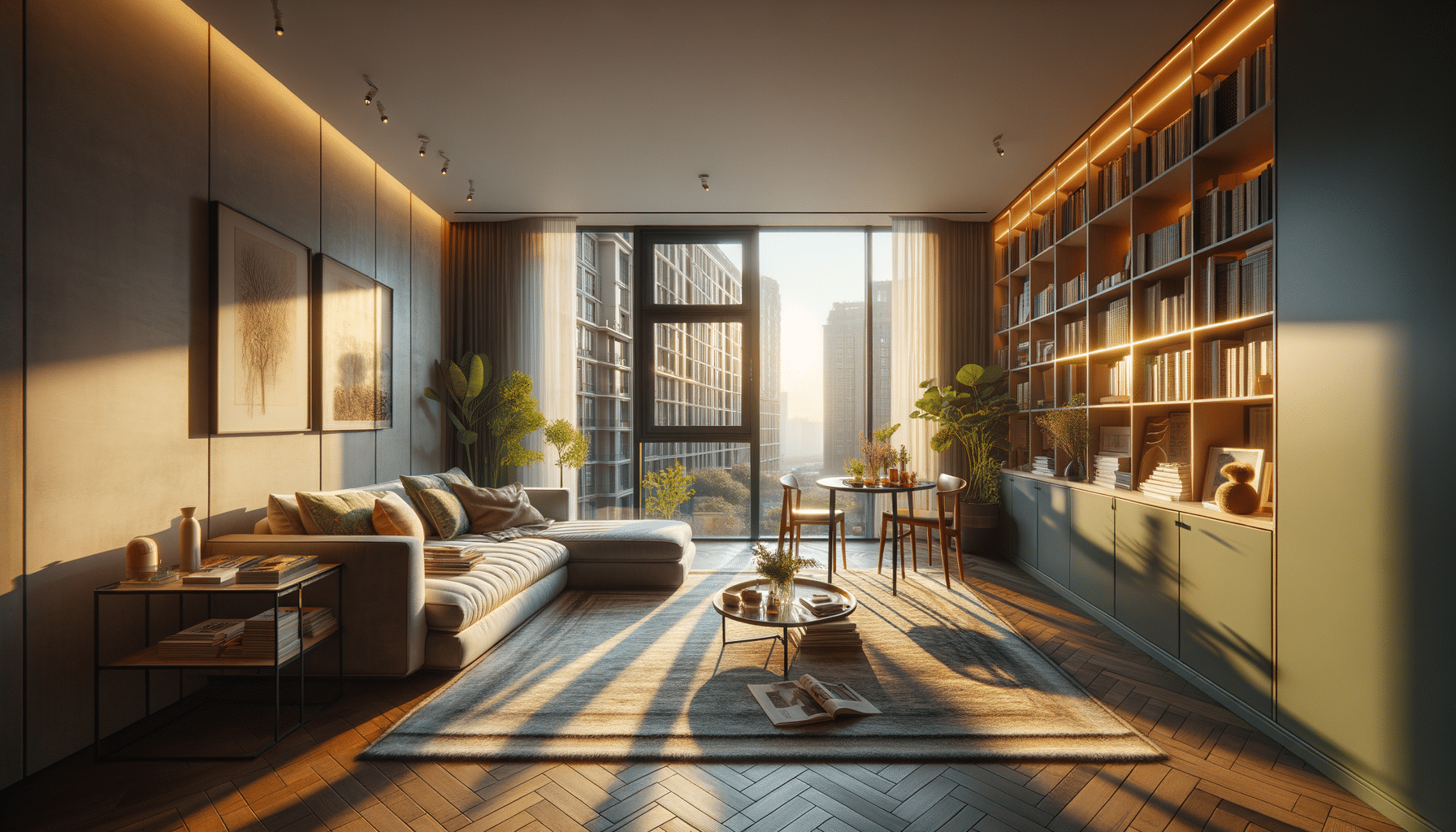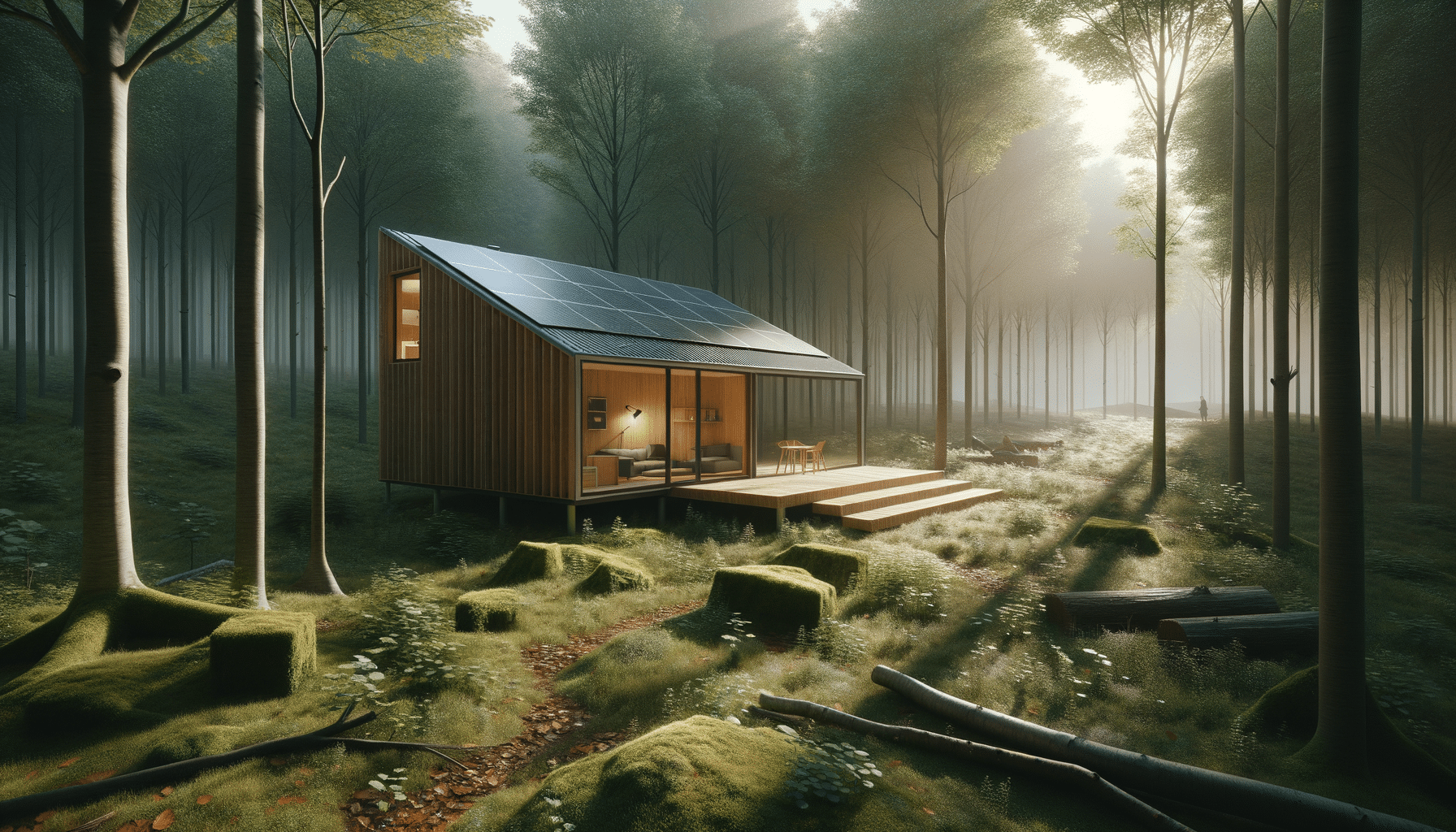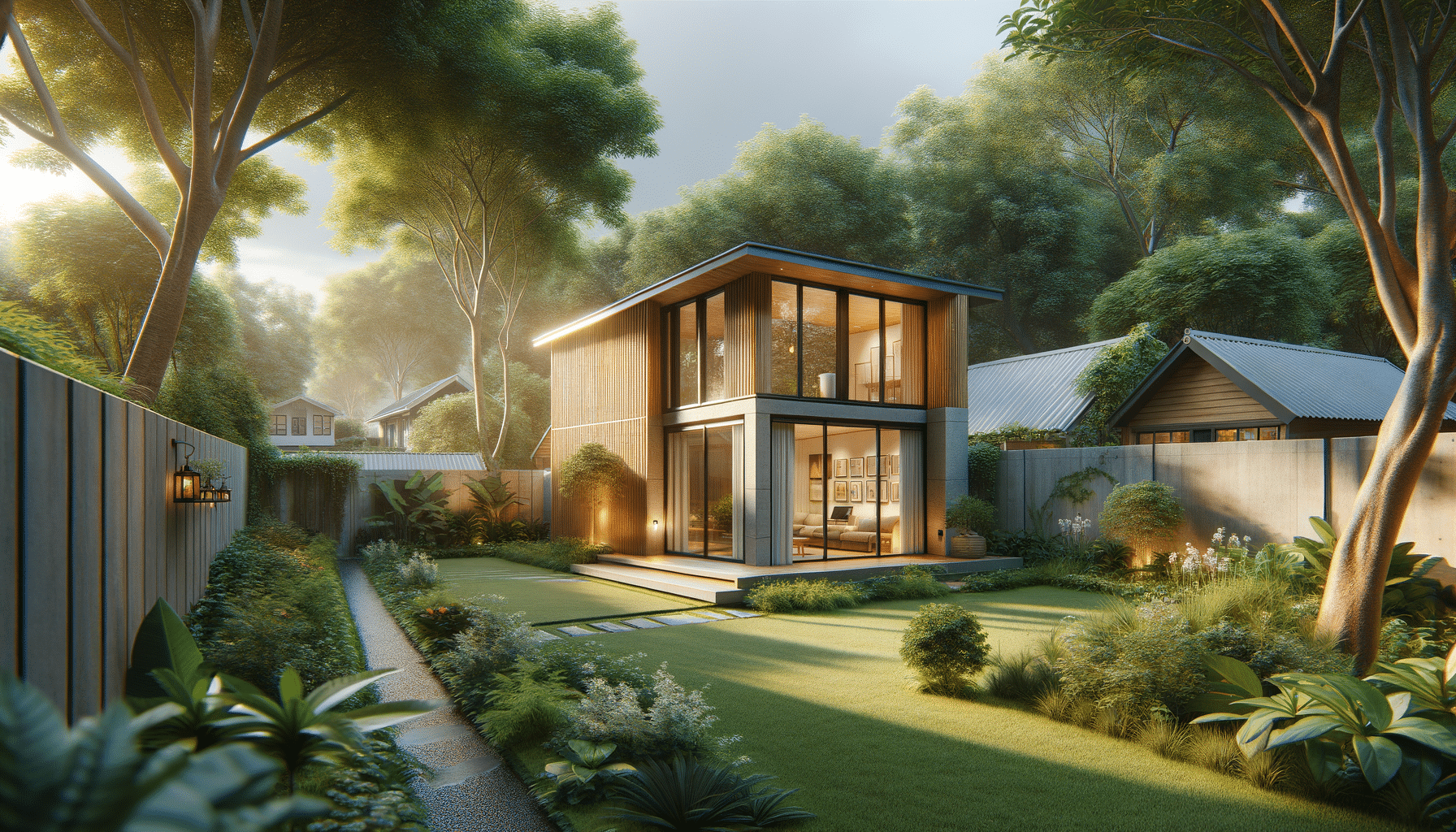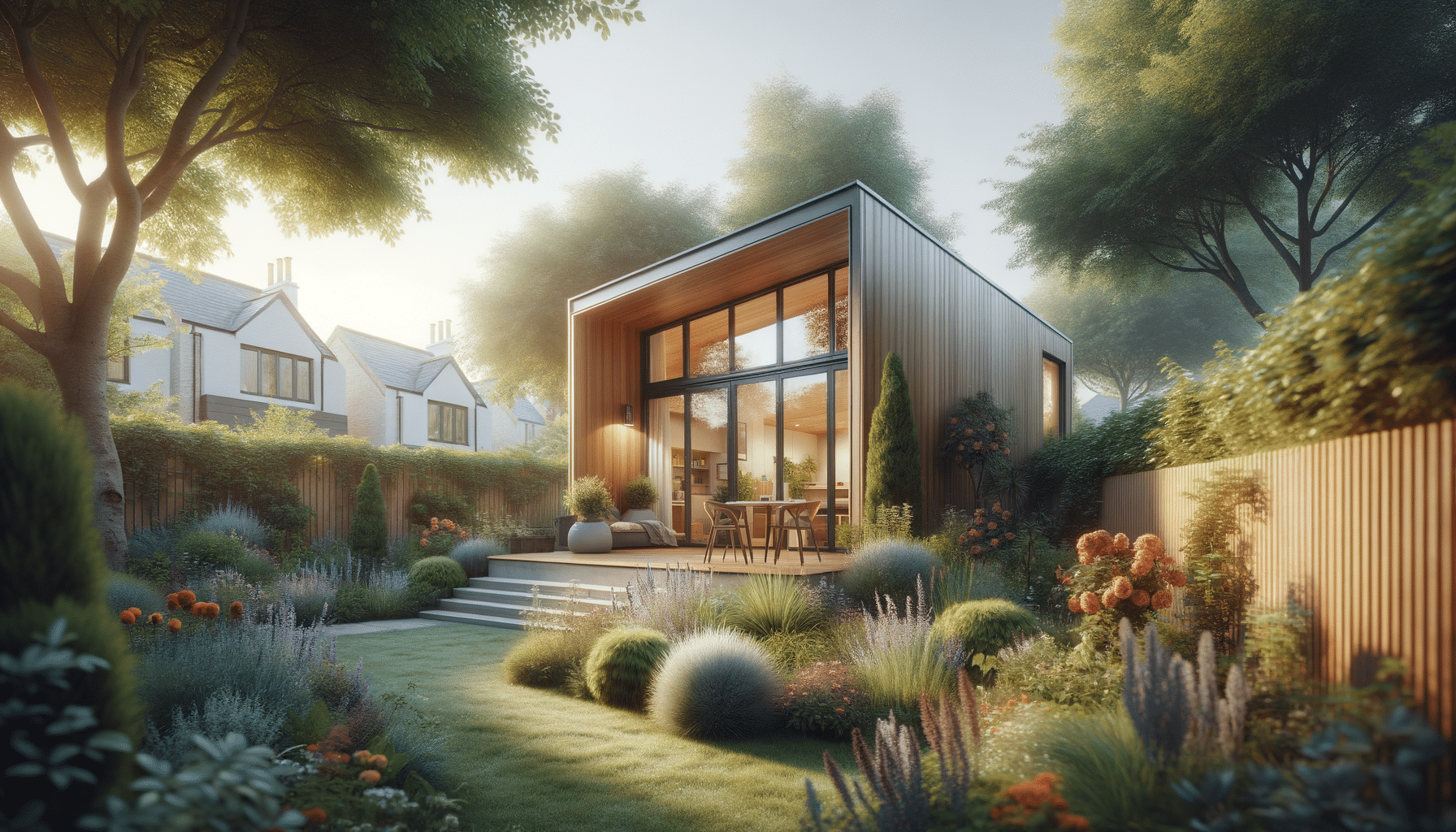
Smart Living in Small Spaces: Discover Studio Layouts and Clever Space-Saving Ideas
Understanding the Studio Apartment Concept
Studio apartments have gained popularity, especially in urban areas where space is at a premium. These compact living spaces typically combine the bedroom, living room, and kitchen into a single open area, maximizing functionality in a limited footprint. This configuration suits individuals who value simplicity and efficiency, offering a minimalist lifestyle without the burden of maintaining multiple rooms. Understanding the core dynamics of a studio apartment is crucial for potential renters or buyers who wish to optimize their living conditions.
One of the defining characteristics of a studio apartment is its open-plan design. This layout eliminates walls that would traditionally separate different living areas, creating a sense of continuity and flow. The absence of partitions encourages creativity in the use of space, allowing residents to customize the layout according to their preferences and needs.
Despite their compact size, studio apartments can be surprisingly versatile. With the right furniture and design elements, one can transform these spaces into functional and aesthetically pleasing homes. For instance, using multi-purpose furniture like sofa beds or foldable tables can significantly enhance the usability of a studio apartment. Additionally, clever storage solutions such as built-in shelves or under-bed drawers can help maintain a clutter-free environment.
Assessing Location and Surroundings
The location of a studio apartment is a critical factor that can greatly influence the quality of life. Proximity to work, public transportation, and essential amenities like grocery stores and healthcare facilities should be carefully considered. Living in a well-connected area not only saves time but also reduces commuting stress, making daily routines more manageable.
Another aspect to evaluate is the surrounding neighborhood. Safety, noise levels, and community vibe play significant roles in the overall living experience. It’s beneficial to visit the area at different times of the day to get a sense of the environment. Observing the neighborhood during peak hours may reveal potential issues like traffic congestion or noise, which might not be apparent during quieter periods.
Furthermore, the presence of green spaces or recreational areas can enhance the appeal of a studio apartment. Access to parks or walking trails provides opportunities for relaxation and exercise, contributing to a balanced lifestyle. Considering these factors ensures that the chosen studio apartment aligns with personal preferences and lifestyle requirements.
Evaluating Interior Features and Layout
When selecting a studio apartment, it’s essential to pay attention to the interior features and layout. The design and functionality of the space can significantly impact daily living. Key elements such as natural lighting, ventilation, and the quality of fixtures and fittings should be assessed to ensure comfort and convenience.
Natural lighting is particularly important in small spaces. A studio apartment with large windows or a strategic orientation that maximizes sunlight can create a bright and inviting atmosphere. Good ventilation is equally crucial for maintaining air quality and preventing issues like mold or dampness.
Inspecting the quality of fixtures and fittings is also vital. Durable materials and well-maintained appliances can save future repair costs and enhance the overall living experience. Additionally, the layout should be intuitive and adaptable, allowing for personal customization. A thoughtfully designed studio apartment can accommodate various lifestyle needs, from working from home to hosting guests.
Considering Cost and Affordability
The financial aspect of renting or purchasing a studio apartment is another critical consideration. It’s important to evaluate the total cost of living, including rent or mortgage, utilities, and maintenance fees. Establishing a clear budget helps in making informed decisions and avoiding financial strain.
Comparing the cost of a studio apartment with that of larger living spaces can provide perspective on the value offered. In many cases, studio apartments are more affordable due to their smaller size, making them an attractive option for individuals or couples. However, it’s essential to ensure that the price aligns with the features and benefits provided.
Additional costs such as parking fees or community association dues should also be considered. Factoring in these expenses helps in understanding the true cost of living in a particular studio apartment. This comprehensive approach ensures that the chosen apartment is not only affordable but also meets personal and financial expectations.
Exploring Creative Space-Saving Solutions
Maximizing space in a studio apartment requires creativity and strategic planning. Implementing innovative design solutions can transform a compact living area into a functional and stylish home. One effective strategy is to use vertical space for storage, installing shelves or cabinets that extend upward rather than outward.
Another popular approach is the use of multifunctional furniture. Pieces that serve dual purposes, such as a bed with built-in storage or a desk that doubles as a dining table, can significantly enhance the usability of a studio apartment. These solutions not only save space but also contribute to a tidy and organized environment.
Incorporating mirrors and light colors can create an illusion of space, making a studio apartment feel larger and more open. Additionally, defining different zones within the open-plan layout using rugs or partitions can help organize the space functionally, providing distinct areas for sleeping, working, and relaxing.
By employing these creative strategies, residents can fully utilize their studio apartments, creating comfortable and efficient living environments that cater to their unique needs and preferences.


